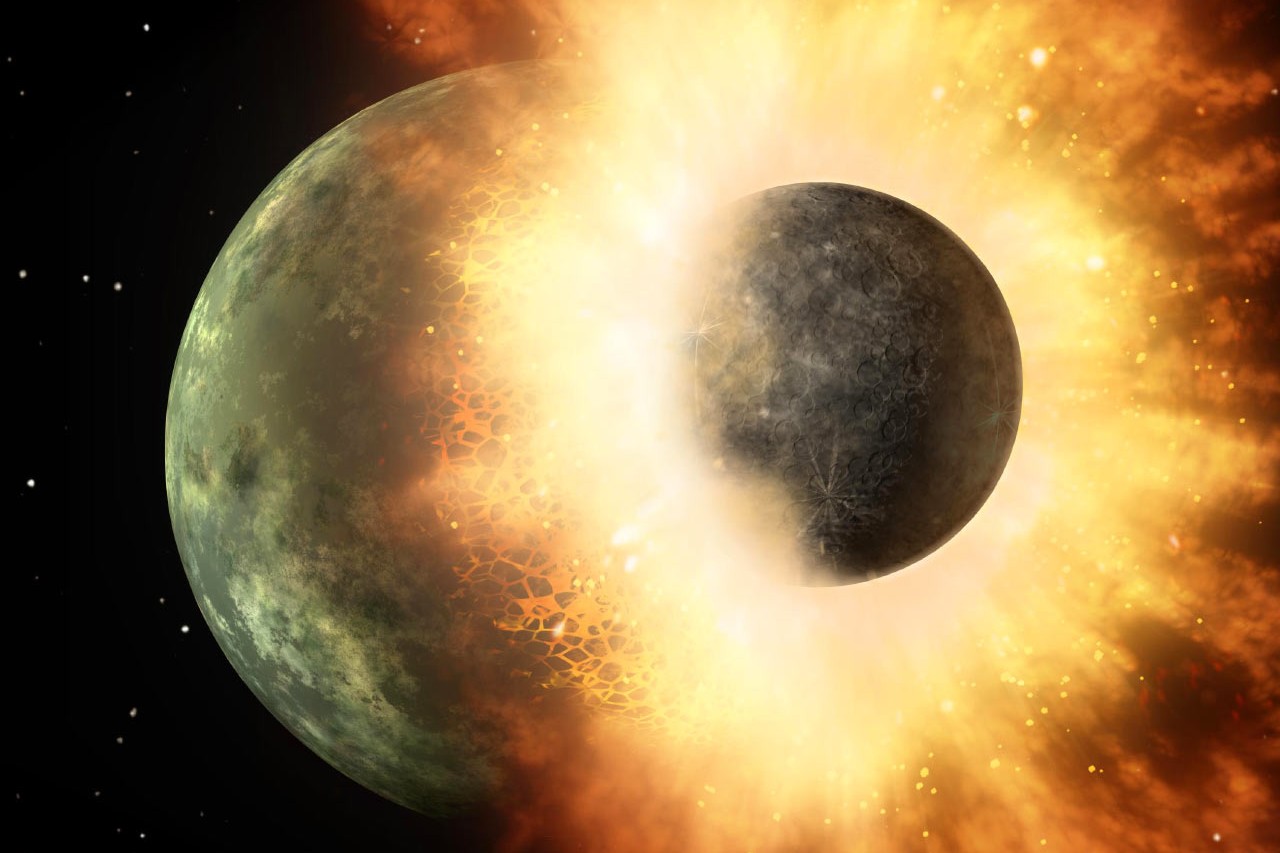
Protoplanets are fascinating celestial bodies that play a crucial role in the formation of planets. But what exactly are protoplanets? Protoplanets are large planetary embryos that originate within a protoplanetary disk and grow by accreting material. They are the building blocks of planets, forming through the collision and coalescence of smaller objects called planetesimals. These bodies can be found in the early stages of a solar system's development. Understanding protoplanets helps scientists learn more about how our own Earth and other planets came to be. Dive into these 35 intriguing facts about protoplanets to uncover the mysteries of our universe's early days.
What Are Protoplanets?
Protoplanets are the building blocks of planets. They form during the early stages of a solar system's development. Understanding these celestial bodies helps us learn more about how planets, including Earth, came to be.
- Protoplanets are formed from dust and gas in a protoplanetary disk.
- They are larger than planetesimals but smaller than fully formed planets.
- Protoplanets can collide and merge to form larger planets.
- They are often found in young star systems.
- The term "protoplanet" was first used in the mid-20th century.
How Do Protoplanets Form?
The formation of protoplanets is a complex process involving gravity, collisions, and the accumulation of material. This process can take millions of years.
- Protoplanets form through a process called accretion.
- Gravity pulls together dust and gas to form larger clumps.
- These clumps collide and stick together, growing over time.
- Protoplanets can form in both the inner and outer regions of a protoplanetary disk.
- The process of protoplanet formation is still not fully understood by scientists.
The Role of Protoplanets in Planet Formation
Protoplanets play a crucial role in the formation of planets. They are the stepping stones that eventually lead to the creation of fully formed planets.
- Protoplanets can merge to form terrestrial planets like Earth.
- Gas giants like Jupiter may have started as protoplanets.
- The collisions between protoplanets can create moons.
- Some protoplanets may be ejected from their star system.
- The study of protoplanets helps scientists understand the early solar system.
Famous Protoplanets
Several protoplanets have been identified and studied by astronomers. These celestial bodies provide valuable insights into the process of planet formation.
- Ceres, the largest object in the asteroid belt, is considered a protoplanet.
- Vesta, another large asteroid, is also classified as a protoplanet.
- The dwarf planet Pluto may have once been a protoplanet.
- The Kuiper Belt contains many objects that are likely protoplanets.
- The discovery of protoplanets has been aided by advanced telescopes and space missions.
Protoplanets and the Solar System
Protoplanets have played a significant role in shaping our solar system. Their interactions and collisions have influenced the formation and evolution of planets.
- The early solar system was filled with protoplanets.
- The Moon is believed to have formed from a collision between Earth and a protoplanet.
- Mars may have been influenced by collisions with protoplanets.
- The asteroid belt contains remnants of protoplanets that never fully formed.
- Studying protoplanets helps scientists understand the history of our solar system.
Protoplanets Beyond Our Solar System
Protoplanets are not unique to our solar system. They are found in star systems throughout the galaxy, providing clues about planet formation in different environments.
- Protoplanets have been observed in young star systems like HL Tauri.
- The study of exoplanets often involves understanding their protoplanetary origins.
- Protoplanets can provide insights into the potential for life on other planets.
- The discovery of protoplanets in other star systems helps scientists compare different planetary formation processes.
- Advanced technology, such as the James Webb Space Telescope, will enhance our ability to study protoplanets.
The Future of Protoplanet Research
The study of protoplanets is an evolving field. New discoveries and technologies continue to expand our understanding of these fascinating celestial bodies.
- Future space missions may focus on exploring protoplanets in our solar system.
- Improved computer simulations help scientists model protoplanet formation.
- The study of meteorites provides clues about the materials that make up protoplanets.
- Protoplanet research can inform the search for habitable planets.
- Ongoing discoveries in this field will continue to shape our understanding of the universe.
The Final Frontier
Protoplanets are fascinating. They offer a glimpse into the early stages of planetary formation. These celestial bodies, formed from dust and gas, eventually become planets, moons, or even asteroids. Understanding them helps scientists learn more about our own solar system and others far away.
Protoplanets can be rocky or icy, depending on their location in the solar system. Some, like Ceres, have even become dwarf planets. Their study can reveal clues about the conditions that lead to the formation of habitable planets.
The journey of a protoplanet is long and complex, involving collisions, accretions, and sometimes, destruction. Yet, each one plays a crucial role in the cosmic dance that creates the diverse planetary systems we observe today.
Next time you gaze at the night sky, remember the incredible processes that might be unfolding in distant star systems, shaping new worlds.
Was this page helpful?
Our commitment to delivering trustworthy and engaging content is at the heart of what we do. Each fact on our site is contributed by real users like you, bringing a wealth of diverse insights and information. To ensure the highest standards of accuracy and reliability, our dedicated editors meticulously review each submission. This process guarantees that the facts we share are not only fascinating but also credible. Trust in our commitment to quality and authenticity as you explore and learn with us.
